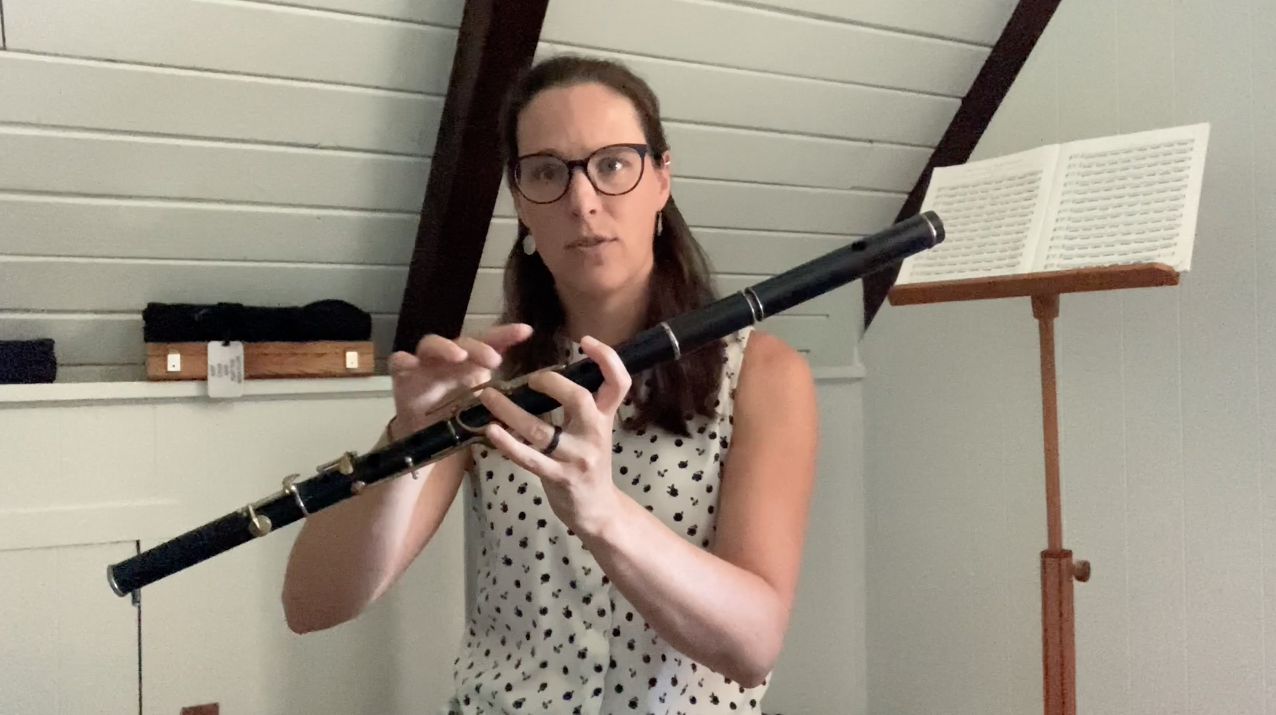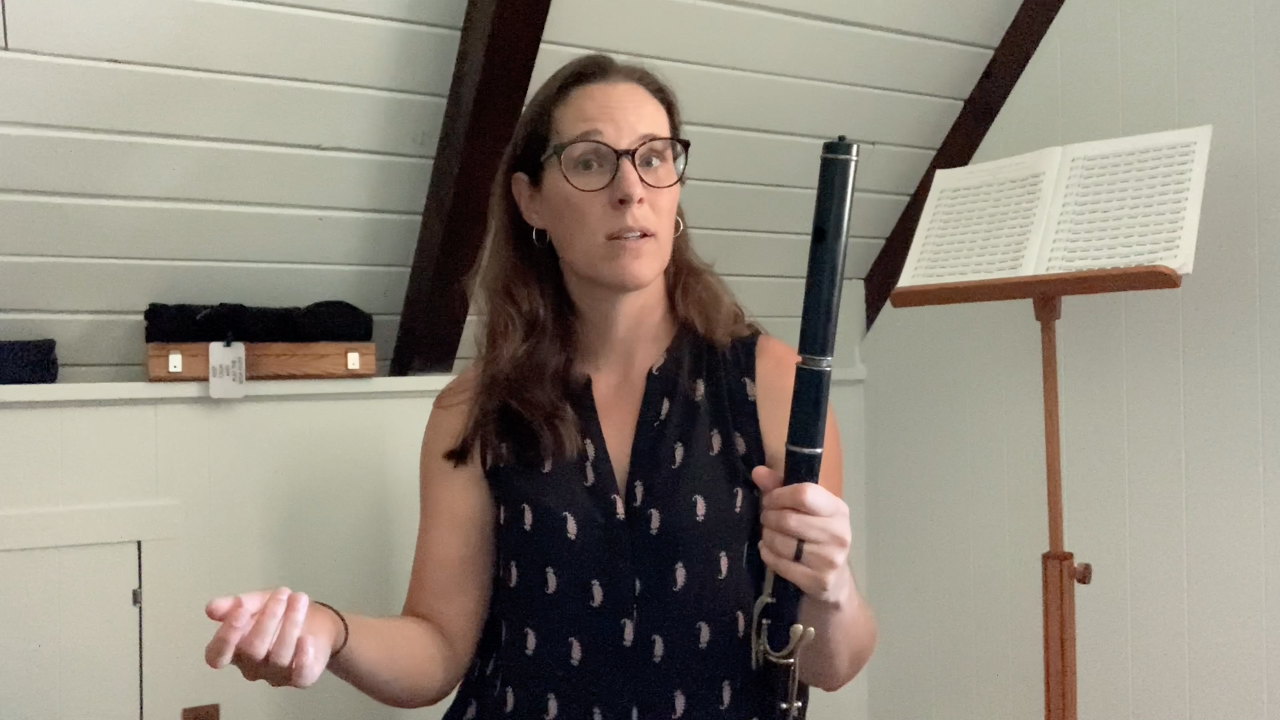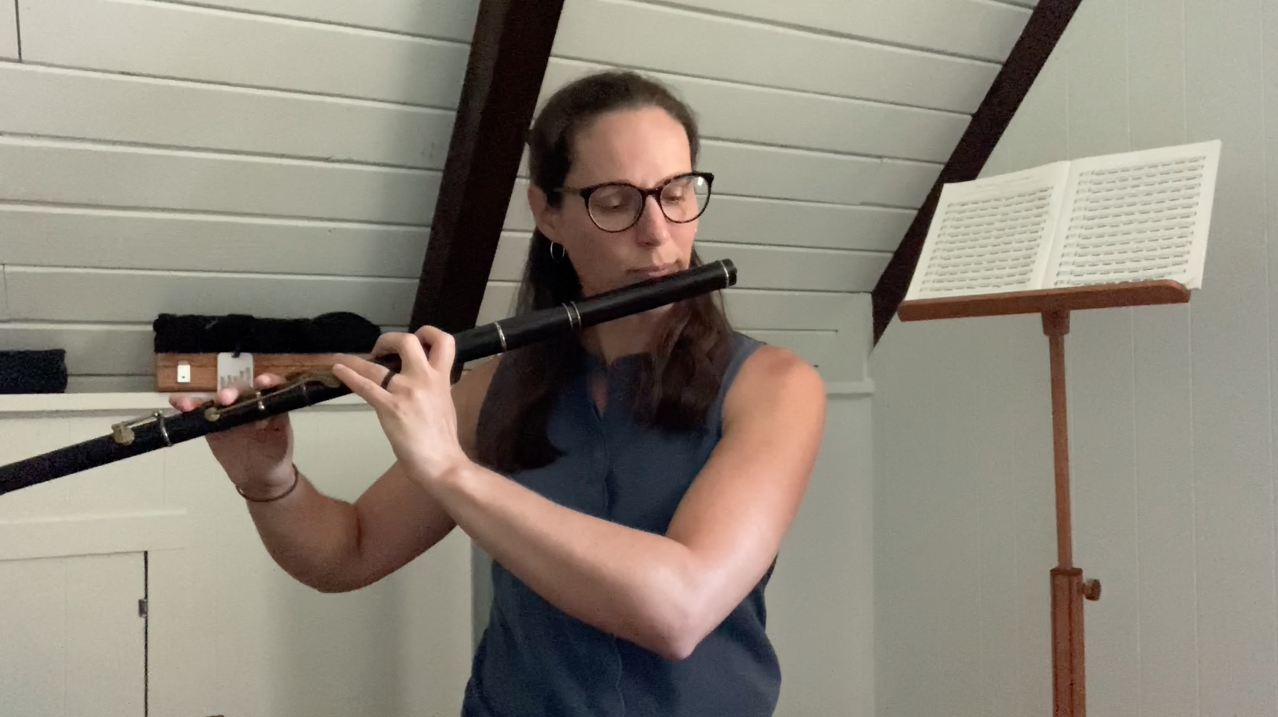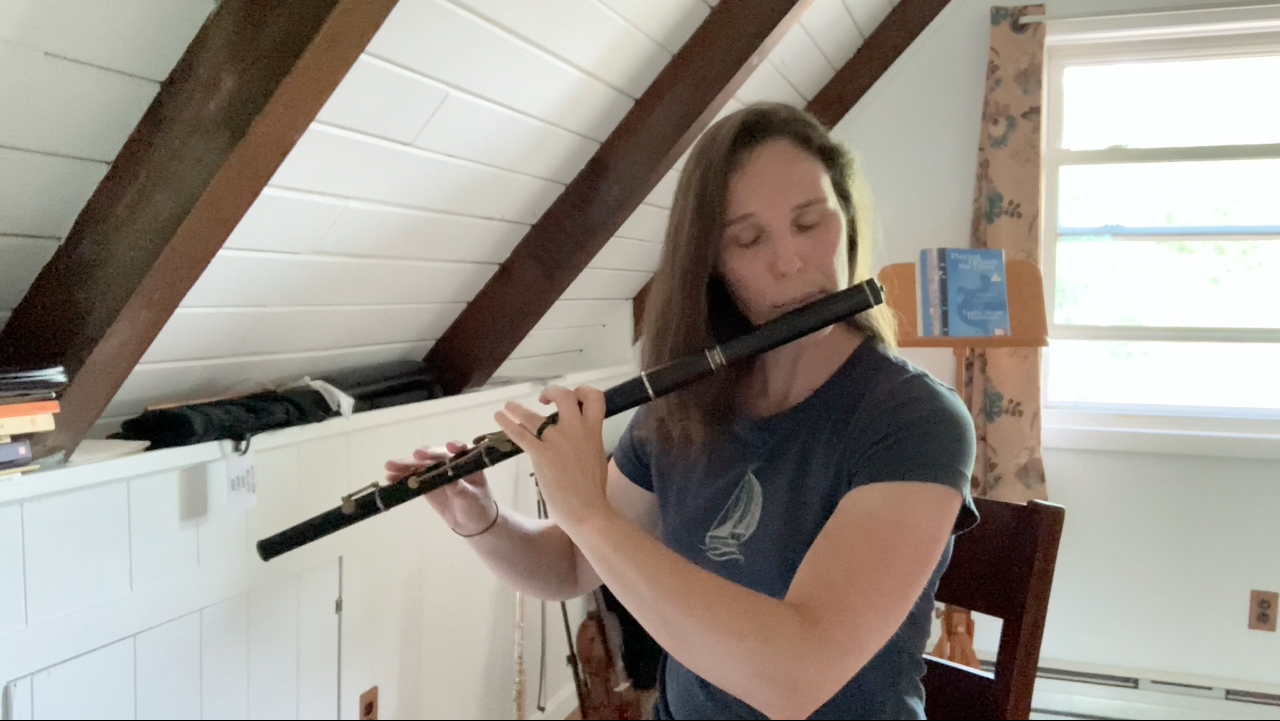3 Tips for Positioning Your Flute Headjoint
Finding the ideal placement for a flute headjoint has important implications for intonation and tone quality—and as a result, for ease and enjoyment of playing as well. Positioning of headjoints can often be a matter of personal preference, depending not only on the flute, but on the shape of a player's mouth and the tone quality they wish to achieve. It is always a good idea to discuss headjoint positioning with an experienced flute teacher, but here are some ideas with which to get started. These tips work for both Boehm (classical or silver) and simple system (Irish) flutes.
Tip 1: Check the Cork
Before getting started, particularly if you are playing a new flute or an instrument that hasn't been used in a while, it's a good idea to check the placement of the headjoint's cork. Cork stoppers are found inside the top of headjoints above the lip plate. If placed correctly, these stoppers help keep a flute in tune. If they are out of place, however, getting a flute in tune will be much more difficult. Looking for the ideal headjoint position with a misplaced cork is not the wisest use of time, as any solutions you find will likely need to be modified once the cork is repaired.
Fortunately, checking the position of your cork is very easy. Most cleaning rods will have a line engraved around one end. Gently insert this end into the headjoint until it comes to a stop. If your cork is positioned correctly, this line should be visible in the middle of the embouchure hole. If the line is skewed in either direction, you will want to take your flute in for repairs.
Headjoint and cleaning rod, with engraved line on the left.
Cleaning rod inserted into the headjoint. The line coming to rest in the middle of the embouchure hole confirms that the cork is correctly placed.
Tip 2: Rotate the Headjoint
When starting out, flute players are often taught to line their headjoint up in what I think of as the "neutral" position: the center of the embouchure hole is perfectly in line with the first key or finger hole. In reality, however, many flute players find an ideal headjoint position by rotating away from this neutral setup.
My personal preference is to play with a darker sound, so I tend to rotate my headjoints in towards my body by about 20° to 30° degrees past their neutral position. This directs more of the airstream into the flute and against the back wall of the embouchure hole, creating a rich, dark green tone (at least to my ears). If flute players are looking for a lighter, sweeter sound, it's also possible to experiment with rolling the headjoint away from their body.
Headjoints in a “neutral” position.
Headjoints rotated in towards the body.
Since everyone is different, rotating inwards by 20° may work perfectly for some but not for others. A good marker to shoot for instead is having your bottom lip cover between one third to one half of the embouchure hole. Any more than that, and you'll very effectively choke off your own sound. Any less, and the tone will be unfocused and airy. As you're experimenting, keep in mind that rotations to the headjoint can also affect overall intonation.
Tip 3: Adjusting In or Out
Once you've established that your cork is correctly placed and you've rotated your headjoint to the desired position, it's time to check the overall intonation of your flute. In general, if your flute is sharp (playing above pitch), then you need to pull your headjoint out. If your flute is flat (playing below pitch), then you need to push your headjoint in. As you make these adjustments, be sure to keep your headjoint rotated to your preferred position.
Boehm flutists often tune to A440, the lowest A in the flute's range. Simple system flutes can have very sharp As, so using this pitch to check intonation isn't always a good idea. I tune my Irish flute to mid register Ds instead. This pitch is more neutral in its intonation tendency and is therefore a better reference.
Simple system (Irish) flute pushed all the way in.
Irish flute pulled out following extended playing.
It’s important to remember that intonation shifts as you're playing. The more you play, the more your flute heats up and the sharper it will go. With this in mind, it is often necessary to gradually pull your headjoint out over the course of a rehearsal or practice session. On the flip side, cold flutes tend to play flat, often requiring the headjoint to be pushed in.
For more on flute tone and intonation on both Boehm and simple system flutes, check out Playing Outside the Lines, Volume I, now available from Mel Bay Publications.
© Leslie Anne Harrison 2021. All rights reserved.



































